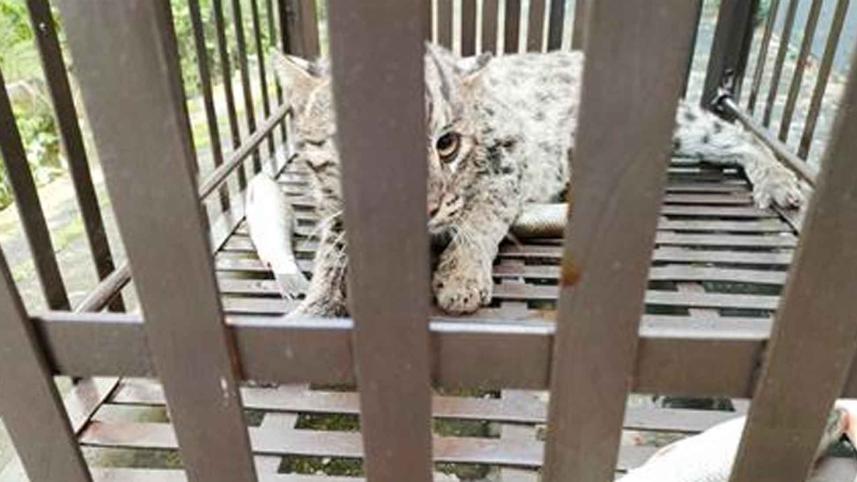Wildlife under threat in Sylhet

Humans weren't the only casualties of the floods in Sylhet, especially in the haor area, as a significant number of wild animals died too.
However, those who survived aren't faring that well either. At present, they are becoming victims of another grave danger -- poaching.
In the face of food and habitat crises, Sylhet's wildlife often enter human habitats for survival and either get caught or killed.
The forest department is conducting rescue operations in different places, however, it's becoming increasingly hard for them to curb the scale of poaching.
Shahab Uddin, a resident of Guptagram in Moulvibazar's haor area, said as the flood waters inundated his house for 15 days, he sent his family to live with other relatives.
But meanwhile, snakes have taken shelter in his house, unable to find any other place to live, he told this correspondent recently.
"My neighbours are killing three to four snakes every day. Many are using carbolic acid to get rid of them," he added.
According to the forest department, recent floods in Sylhet, Sunamganj, Habiganj, and Moulvibazar have caused great loss of life and property as well as wildlife.
Most animal habitats have been completely destroyed in the floods, they added.
"Due to the lack of dry space and shelter within the vicinity, a significant amount of wildlife is under threat," he added.
Muntasir Akash, lecturer of zoology at Dhaka University, said the most flood-affected animals are fishing cats, snakes, civet species, wild cats, foxes, and monkeys. Their habitat has been completely destroyed.
"It's also worrisome that there's hardly any data on how many wildlife have been endangered or how many of them have died," he added.
On June 17, the forest department recovered bird-hunting devices and several cages from Kakia Bazar in Sreemangal. The following day, they rescued a snake from a fruit shop at Bhanugachha Bazar in Kamalganj.
A fishing cat took refuge in Lal Mia's house in Ganpur village of Habiganj's Baniachang upazila. Upon receiving the news, the forest department also rescued it. Hunting traps for capturing wild animals were recovered from a forest in Lawachhara National Park as well.
Prof Md Enamul Haque, chairman of the department of animal nutrition at Sylhet Agricultural University, said food crisis and habitat became the biggest problem for wildlife, birds, and insects in the floods. Various animals, including monkeys, often come to the locality for food. The crisis became more acute due to the floods.
Rezaul Karim Chowdhury, divisional forest officer of Sylhet's Wildlife Management and Nature Conservation Department, said, "Many wild animals have been trapped due to the floods. Many of them are at risk, and only some of these animals have been rescued."




 For all latest news, follow The Daily Star's Google News channel.
For all latest news, follow The Daily Star's Google News channel.
Comments